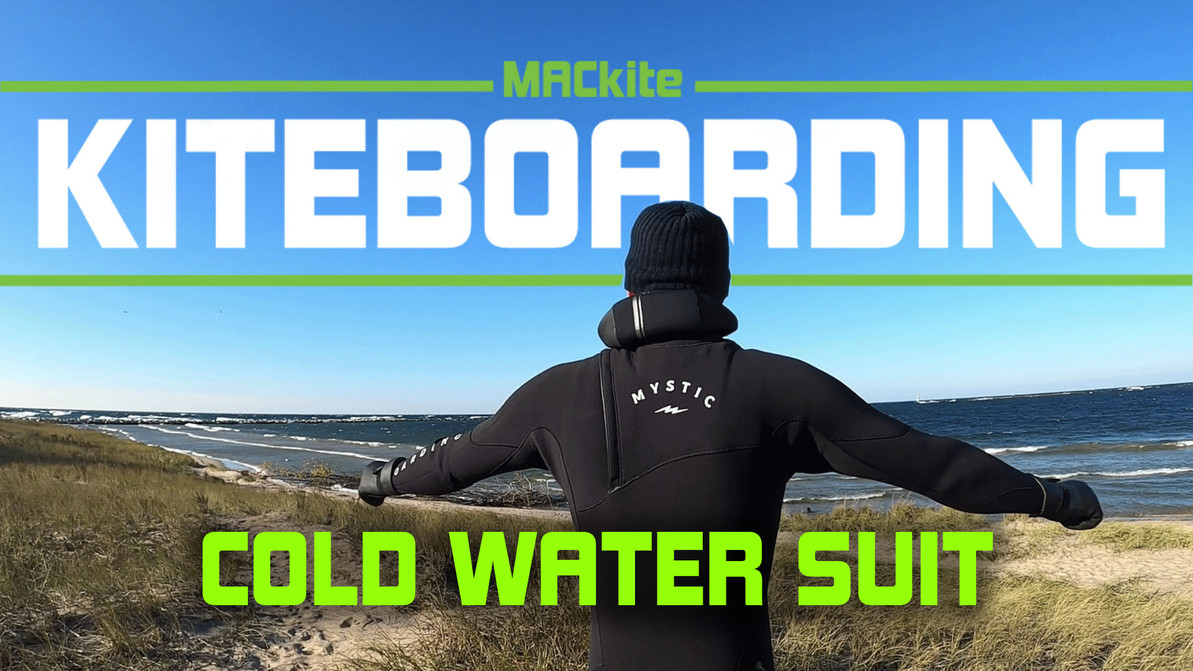How to Choose a Wetsuit in Cold Climates
Choosing a suit can be as complicated or as simple as you want to make it. There are a ton of options, including high end suits that are soft, warm, seal out water, drain any excess or even block the wind. Ultimately it comes down to your budget and your threshold of cold. If you get cold easily, it's worth it to invest in a high end suit. I've used budget suits in the cold and it's never worth it in my opinion. It's fine in warmer water but I've always regretted it in the winter.
The first step is deciding how thick of a suit you'll need. This comes down to what temperatures you will be riding in. Obviously, the colder the water the thicker the suit.
Heads up- I'm based in North America so I will be using Celsius and Fahrenheit.
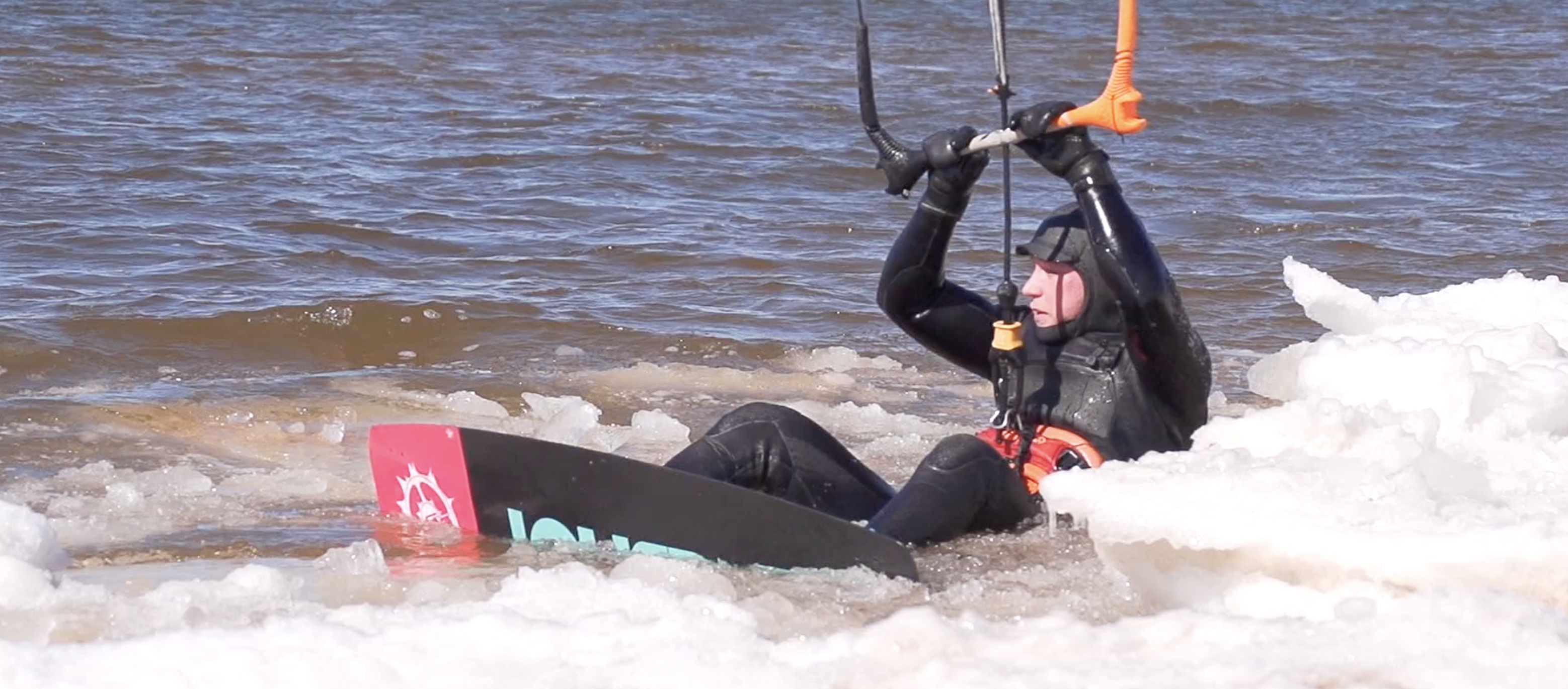
Winter & Fall Wetsuit Thickness
If you're riding somewhere cold with water temps of 5.5 C / 42 F you're going to want at least a 6/5 fullsuit, something sealed and taped, ideally with a built in hood, and you'll also want to pair it with boots and gloves. Like most suits, these are available as a front or back zip. I highly recommend a front zip if you are going out in these temps. Granted, front zips are more difficult to get in and out of, but back zips leak more and tend to be less warm. While suits have come a long way as far as flex, a 6/5 will lack the flexibility of a spring suit like a 3/2.
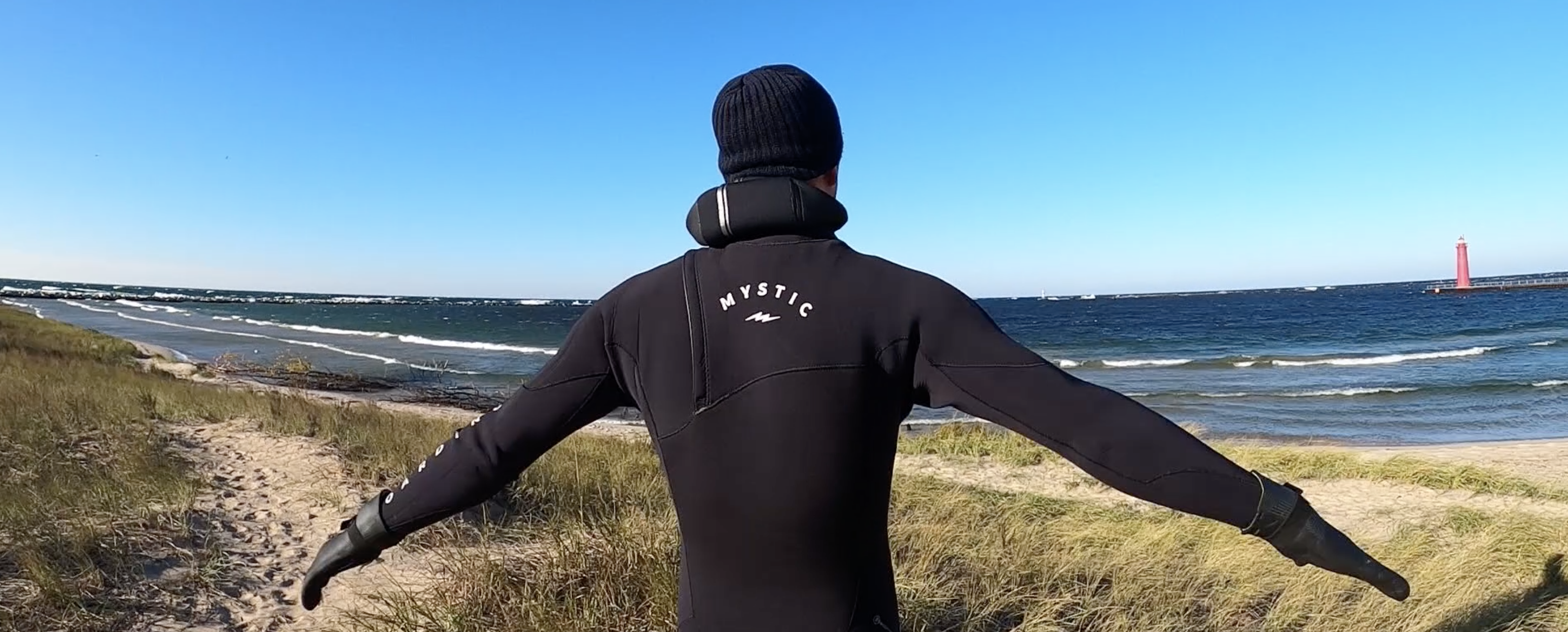
Fall Wetsuit Thickness

If you're in temps like 6 to 11 C / 43 to 52 F a 5/4 would do the trick. You would still want something sealed and taped and paired with a hood, boots and gloves. 5/4 suits are nice because they are much easier to get in and out of and you won't feel as restricted as you would in a 6/5. As long as you are moving around a lot, they are warm on the water as well. Air temperature is a consideration too. On colder days, where the air and water are closer to 6 C / 42 F, a 6/5 can make a big difference in comfort. Remember, if you are just hanging out on the beach and not getting your heart rate up, no wetsuit will keep you warm. On the warmer side of this range, 11 C / 52 F can be pretty comfortable on the beach, especially if you are staying active.
I still recommend using a front zip in these conditions unless you have restricted mobility and struggle getting into a front zip or zipless if you can find it. These have come a long way in just the last couple years in my opinion. They are much easier to get in and out of.
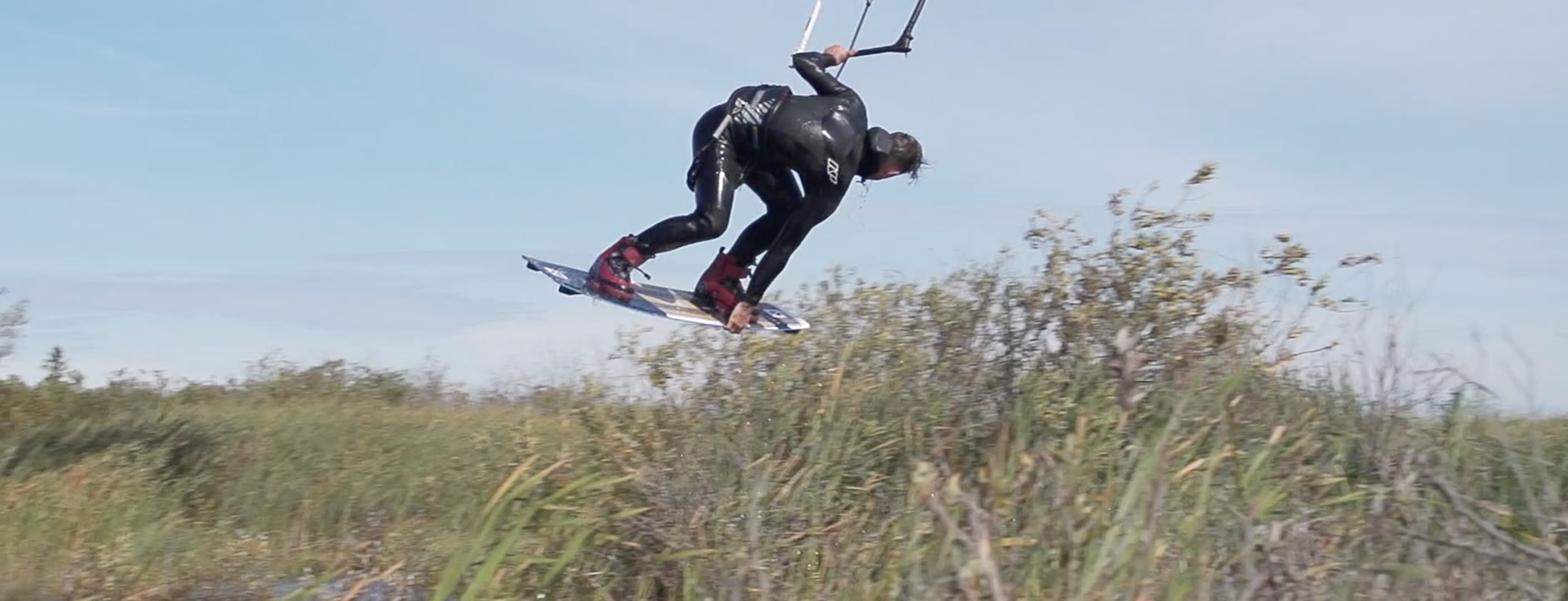
Spring Wetsuit Thickness

If the temps are 11 to 14 C / 52 to 58 F you could opt for a 5/4 or even a 4/3. You would still want something sealed and taped, paired with a hood, boots and gloves. This is where you have to know yourself. Personally, I'll use a high end flexible 5/4 in these conditions. If you don't mind the cold temps and you want something flexible, a 4/3 is a common choice, especially as the temps are getting closer to 14 C. A 4/3 is easier to get on and move around in. Funnily enough, the most difficult part of going out in the cold is getting the wetsuit on. Once I'm geared up I'm always surprised how much warmer I am.
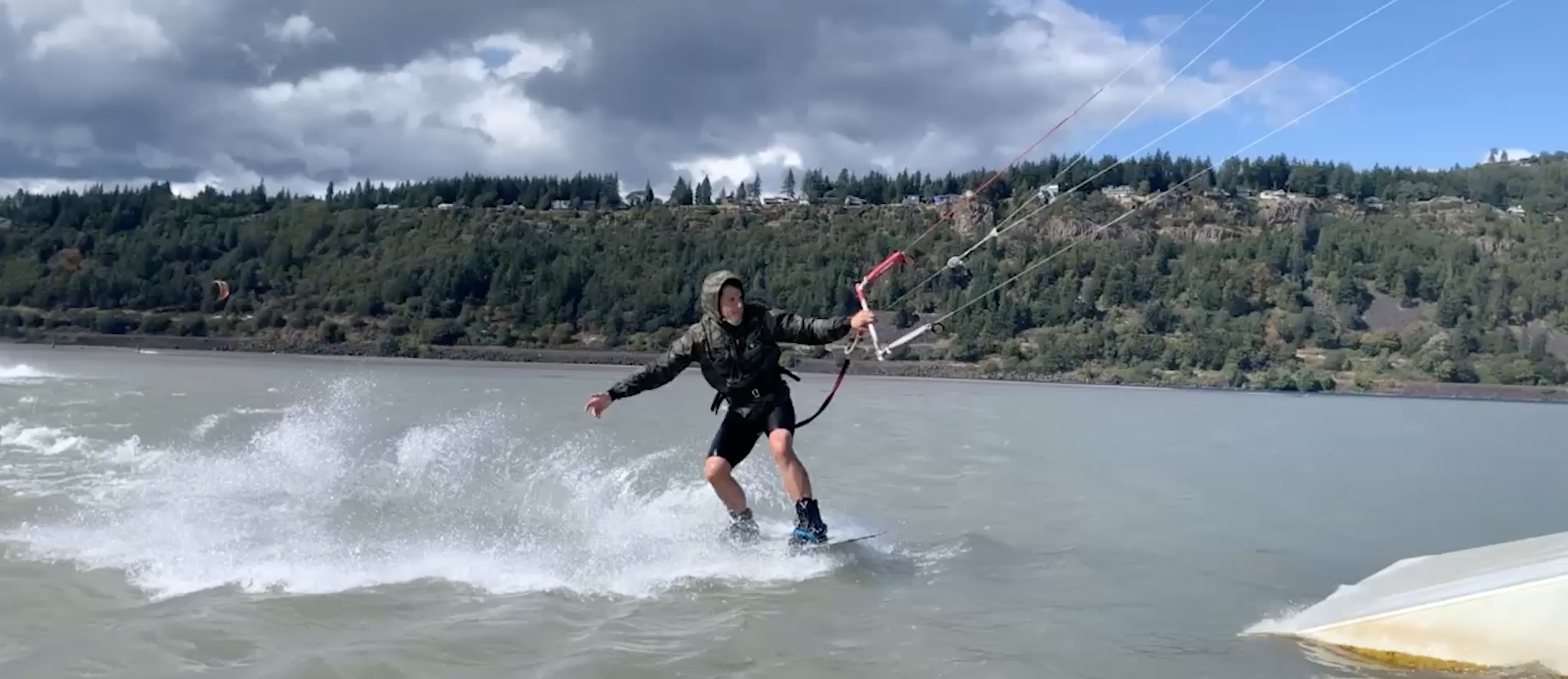
Summer Wetsuit Thickness
Above 60 degrees F / 15.5 C
Once the water gets above 15.5 C / 60 F, you can start looking at 3mm suits. If the air is hot and the water is cold, I'll do a shorty 2 mill suit, sometimes paired with a windbreaker. If the air and water are cooler, a 3 mill fullsuit goes a long way.
I'm currently in Florida for the winter, so I will film up a video on spring / summer suits and how to choose for warmer climates.
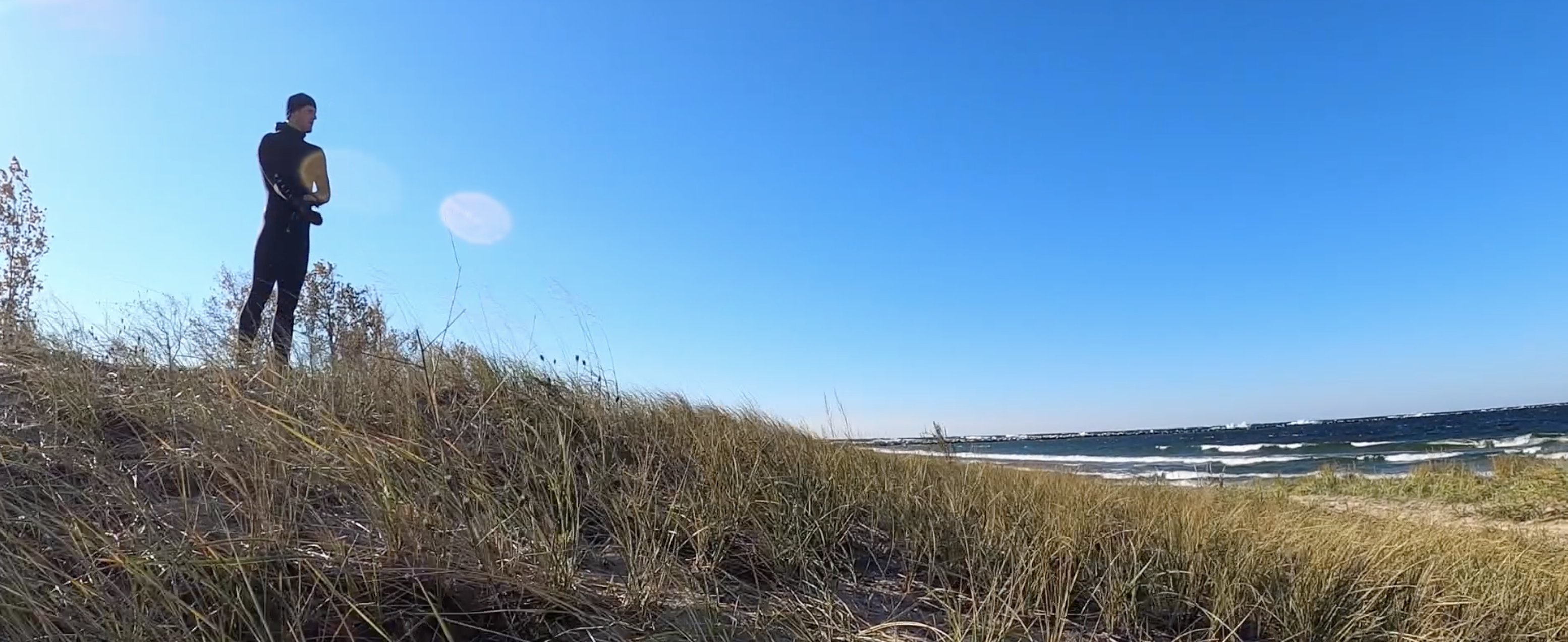
Having a suit for each season
It's not uncommon for kitesurfers to have one to three suits, depending on where they live and the range of conditions they want to ride in. Some opt for one suit to get by. This is usually a 4/3. You can push it on the shoulder seasons but will not be able to ride the coldest temps. It will work in the summer, but honestly is going to be pretty hot.
I recommend doing a 5/4 and a 3mm. The 5/4 works great in the cold, and you can add layers like thermalite underneath and an impact vest or wind hoodie on the coldest days. Once summer kicks in, it feels good to have a 3mill that lets you feel the elements without shivering.
If you have a massive budget you could mix as much as you please, but the 5/4 and 3mm strategy goes a long way. Having lived in the northern hemisphere of the US most of my life, I find the 5/4 has been my most used suit and would be the one thickness I would choose if I had to pick one. I've even used it a bit on those cooler Florida winter sessions where the temps drop into the 60s (16 C).
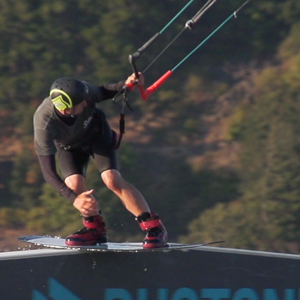 Ryan (Rygo) Goloversic
Ryan (Rygo) Goloversic
Many people dream of quitting their job, traveling the world and pursuing their passions. Rygo is one of those people who pulled the trigger. A few years into his career, he decided to change everything and travel as a kiteboarder, freelance videographer & writer. His mission is to share the stoke & help people put the boarding into their kiteboarding. Get outside and kite!
Producer of: Ride with Blake I Sessions I Versus I Destinations I Foil Fridays
Recent Posts
-
North Navigator Pro Quick Release | How to Swap Yours Out With Ease
What You Need Before starting the replacement process, ensure you have all the necessary t …18th Apr 2024 -
Foil Drive | Essential Tips to Supercharge Your First Session
The Foil Drive makes your foiling life easier. You'll get up easier and catch more waves, …17th Apr 2024 -
2024 Duotone Slick Wing Review | What's New in This Year's Model?
The Duotone Slick has been a favorite of many for several years. Pros love it for its speed, …15th Apr 2024

